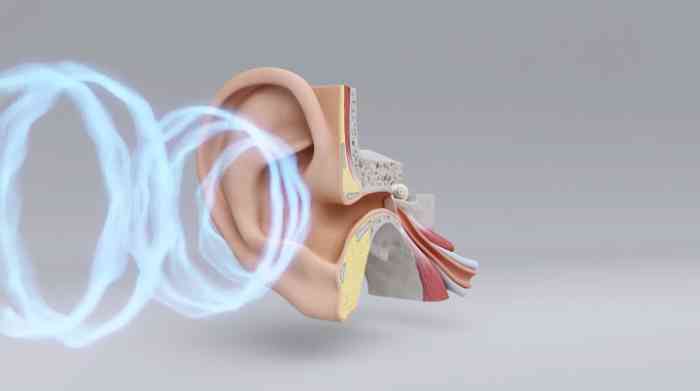Need support?
Call us and get support from one of our advisors.
Call for Free 877-403-8834Hearing contributes to many different aspects of our day. We wake up to the sound of our alarms, listen to important phone conversations, play music to pass some time, and hear announcements over loudspeakers. The process of hearing occurs so naturally that we don’t often think about why we are able to hear. Although we can’t see it happen, the parts inside of our ears are constantly at work. Within our ears are thousands of tiny cells that play a big role in helping you hear. They’re called hair cells, and each one of them are essential for hearing.
What are hair cells, and why are they important for hearing? Learn about the purpose of hair cells and what happens if they are damaged.
Hair cells are small sensors in our ears that receive sound signals and send them off to the brain. Each ear has roughly 15,000 hair cells in total. Around 3,000 of these hair cells are inner hair cells, and the other 12,000 are outer hair cells. Inner hair cells receive the sound signals and translate them, and outer hair cells work to amplify the sounds that come into the ear.
When learning about hair cells, it also helps to have a basic understanding of the anatomy of our ears. Our ears are divided into three parts: the outer ear, the middle ear, and the inner ear.
The outer ear is the part of the ear that we can see, and its function is to grab sounds and funnel them into the middle ear. Once the sound reaches the middle ear, the vibrations are sent to the inner ear, which is responsible for processing sounds and maintaining balance. The inner ear transfers sound to the brain so we can interpret what we hear. Inside the inner ear is the cochlea, which is the main component of the inner ear that is often described as being shaped like a snail.
The cochlea is filled with fluids and lined with hair cells. Sound vibrations that come from the middle ear are transferred to the fluids in the cochlea, and the hair cells pick up these vibrations and convert them into electrical impulses. These electrical impulses are then transferred to your brain. Hair cells can also be found in the semicircular canals, which are a part of the inner ear that help with balance. These hair cells detect the motion of the fluids that are in the semicircular canals to help you maintain your sense of balance.
All of the hair cells in our ears are fully developed in the fetal stage and do not regenerate, which means that we can only lose hair cells once we are born. We naturally lose our hair cells as we age, but they can also be damaged through exposure to loud noises, chronic infections, and certain medications. Damage to hair cells can lead to irreversible hearing loss. While age-related hearing loss is inevitable, there are steps you can take to prevent the risk of losing hair cells by other means. Using ear protection devices such as earmuffs or earplugs in loud settings can be helpful when caring for your ears and preventing noise-related hair cell damage. Regular check-ups with an audiologist are also good for catching the signs of hearing loss at an early stage.
